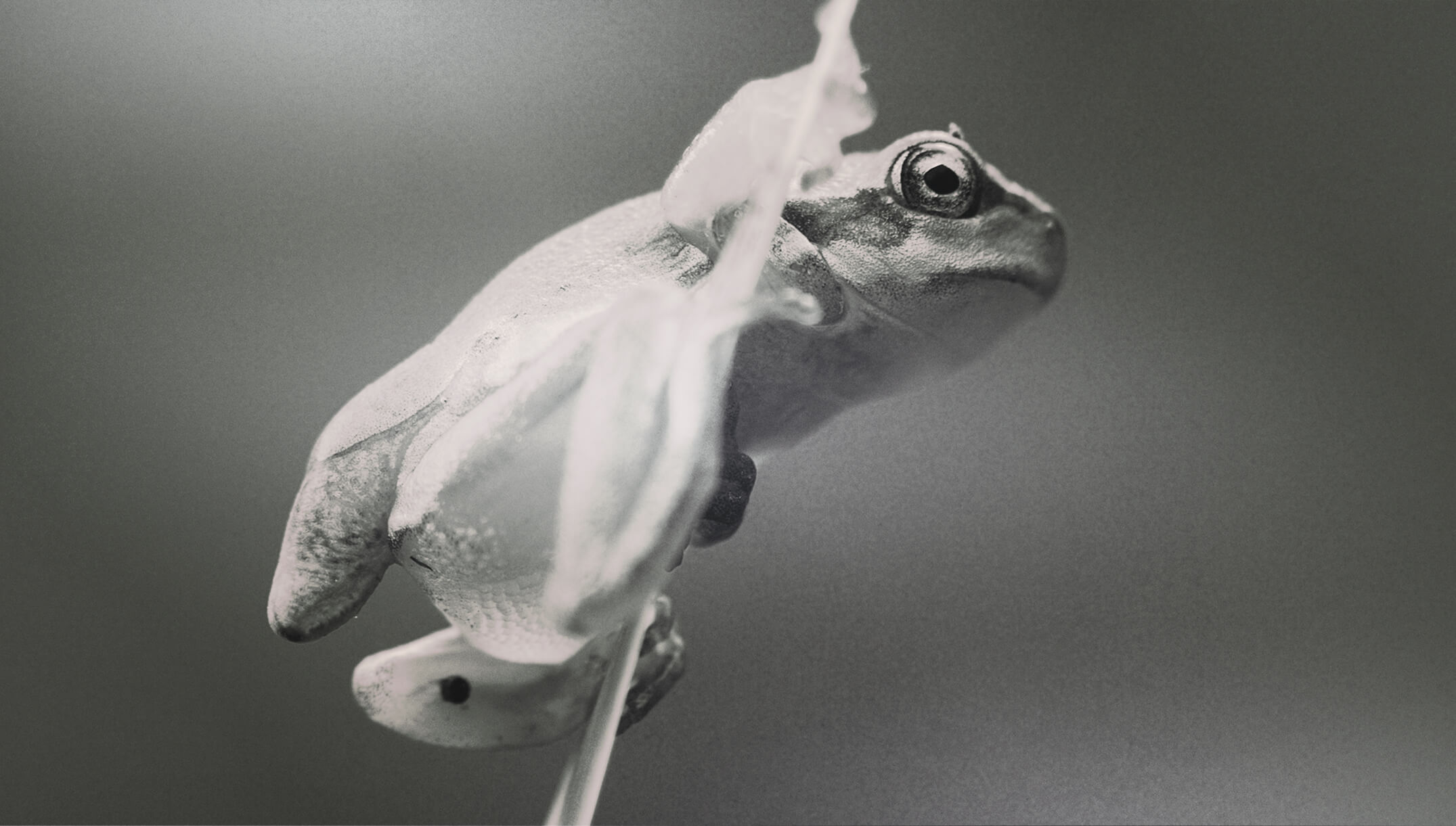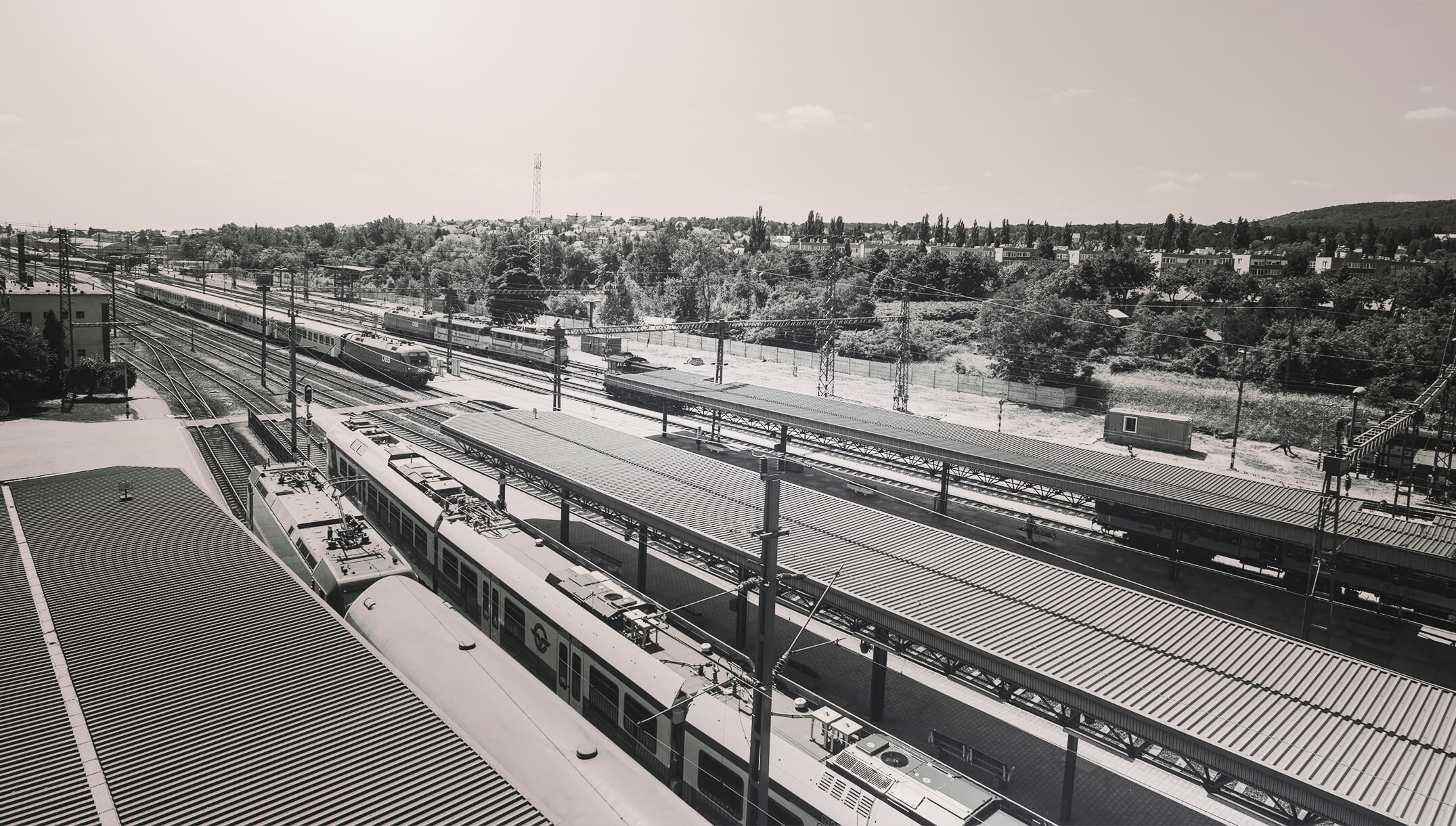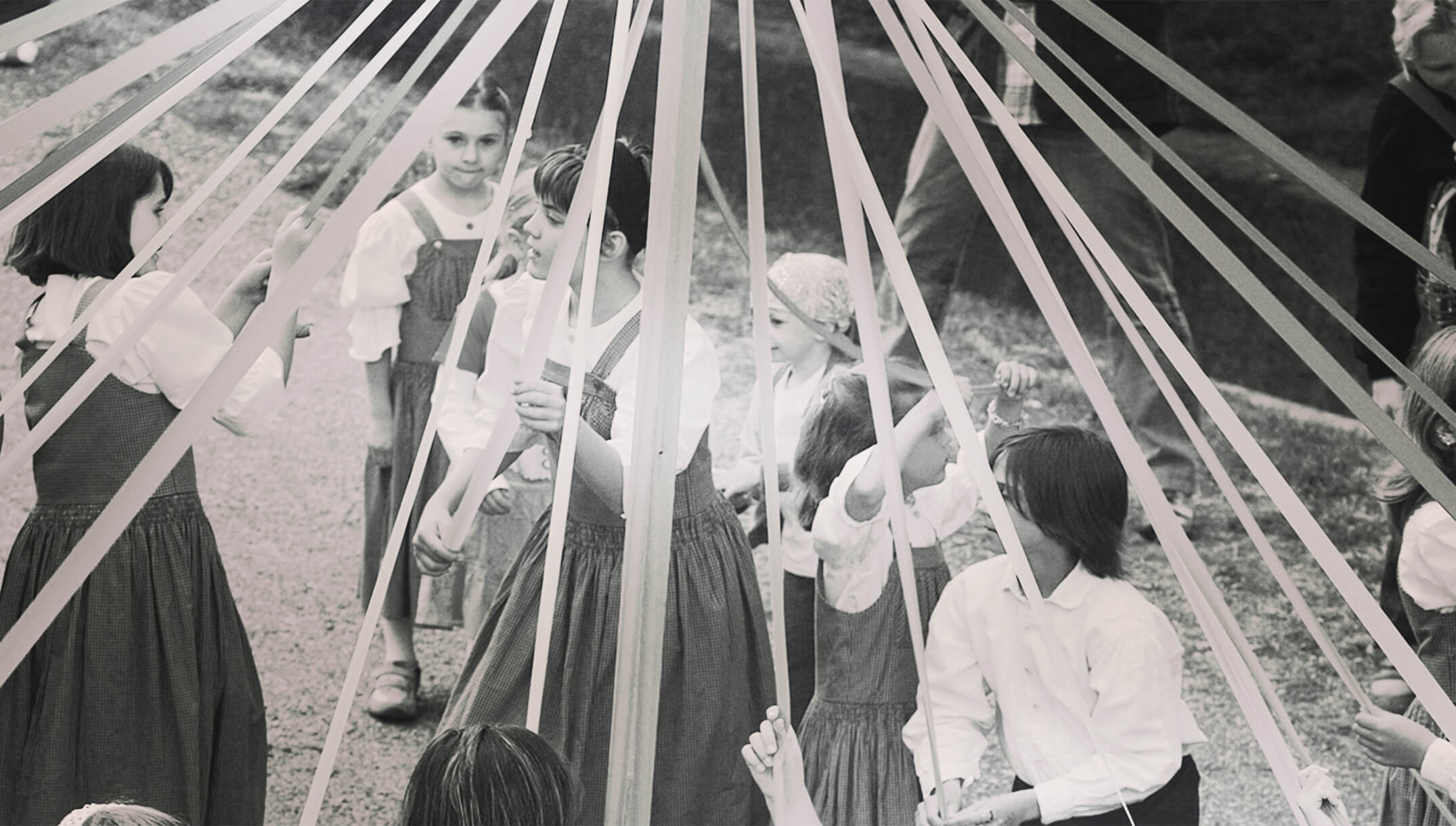EUREVITA Pannonia
It is slowly becoming clear that a life in harmony with nature should be striven for, and in doing so, a look into the past is of great benefit.
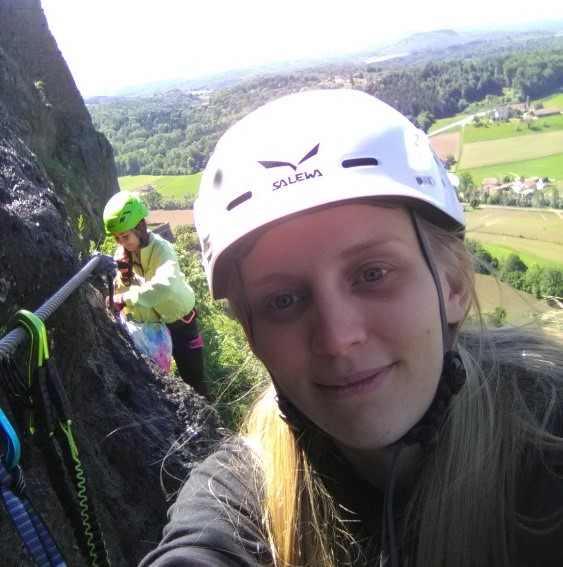
It is so overwhelming when the youth show extraordinary interest to traditions, like folklore, art, or handcraft. No wonder at all, that Johanna being a student in archaeology wants to know and explore the entire heritage in arts and crafts. As she attends university in Graz she was able to connect with the project EUREVITA Pannonia. We asked her about future plans and the way how she met Interreg.
“I came to Graz a little more than five years ago to study archaeology. Now that I am about to graduate, I also have time to devote myself to things that also bring me joy and enrich my life. These include training to be an herbal pedagogue, or the courses organized by Eurevita Pannonia, which help to revive old crafts that are in danger of being forgotten or have already fallen into oblivion.”
Due to her interests and chosen professional path she sees all the activities from the past from a different perspective.
“These crafts are not just skills that have become superfluous in a fast-paced and hectic age, quite the opposite. Those crafts that go from earthen building to traditional wooden fencing to thatching are celebrating their revival. It is slowly becoming clear that a life in harmony with nature should be striven for, and in doing so, a look into the past is of great benefit.”
As an archaeologist who studies ancient cultures, she knows very well how much forgotten knowledge would be available to humanity if we were to engage with it. She justifies her thoughts also with her latest experience as a good example.
“In experimental archaeology, you try to recreate how people used to live and make different things and at the same time you learn these techniques. Last weekend I was able to attend the annual experimental archaeology course at the MAMUZ, where many new insights were gained. This museum in Aspern/Zaya has a large outdoor area that presents reconstructed buildings from the Stone Age to the early Middle Age. Here, the Neolithic longhouse has already been reconstructed with a thatched roof, the outside of the house has been plastered with clay and a wicker fence surrounds a small cultivated area. All the techniques that have been used were taught us in the Eurevita Pannonia project.”
She told us about her very conscious career plans, and those values and principles which she looks at as guidelines to live an environmentally friendly and traditions-respecting life, with an ambition towards life-long learning. She also considers active participation in initiatives like training programs of Eurevita Pannonia as a tool to make a difference in society.
“Even though my career will move more in the direction of archaeological excavations, the fascination for old handicrafts won't let me go. Both in open-air museums like the one in Lower Austria and in many modern house constructions, these techniques are applied and lead in the first case to new insights and in the second case to a more environmentally conscious life. As this topic is gaining more and more importance and is also very close to my heart, I am happy about the commitment to revive practices that have already been practiced for thousands of years and thus to set an example for the environment. Even though the impact may seem small at first, a lot can be achieved by implementing small projects.”
Johanna’s enthusiasm for her future profession and creation with own strength and use of old crafts and techniques is admirable. She sees so perfectly the complementarity of these two sides of her life, and she reveals a secret, that being at an excavation is not as easy as a pancake.
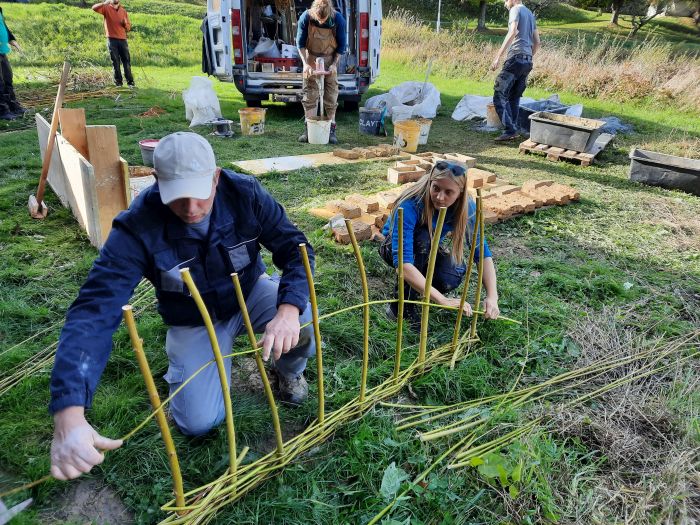
“In a world where craftsmen are needed for every little thing, it is also a beautiful and important experience to be able to create something with own hands. Physical work is often devalued, but it is the best way to clear the mind and create something of lasting value. Archaeological excavations are also very physically demanding, even though archaeologists are usually presented by the media with small paintbrushes. In excavations, cultural layers have to be destroyed in order to gain knowledge; in a craft, something is created. In this respect, it is a pleasure to get to know techniques that were already practiced in a time about which I learned so much in my studies and to see that they will be used again in the future and that I can hopefully also be part of it in a certain way.”



